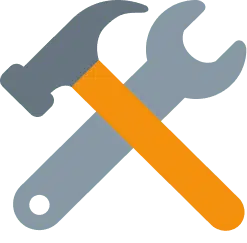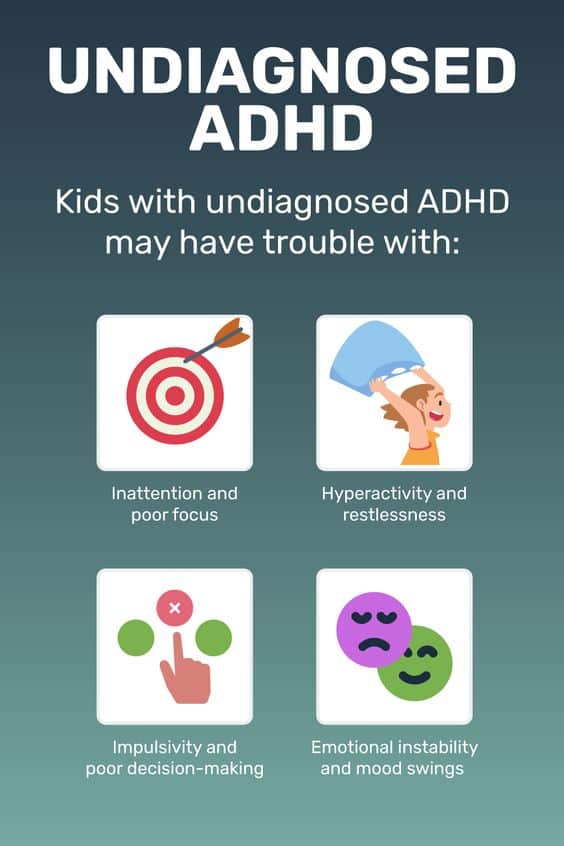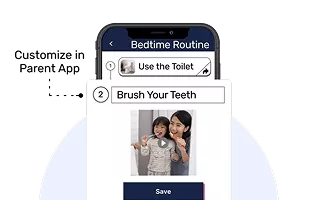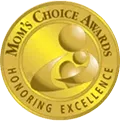ADHD is a condition that affects how a kid focuses, controls impulses, and stays still. There are three types: inattentive, hyperactive-impulsive, and combined. A kid with inattentive ADHD might daydream a lot and lose things, while one with hyperactive-impulsive ADHD might always be on the move and interrupt others. Combined ADHD means they have both sets of challenges.











